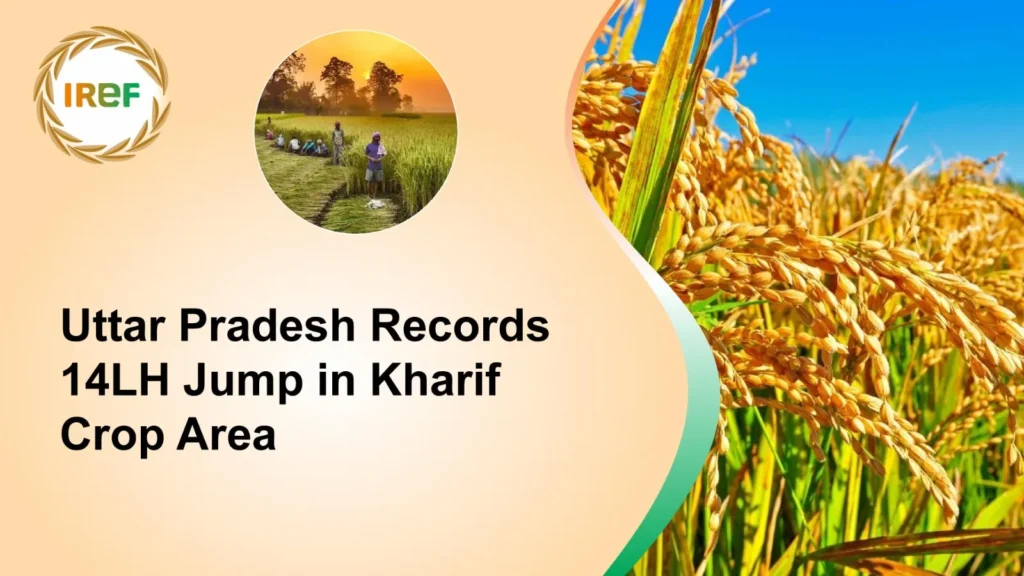Uttar Pradesh has recorded a significant jump of 14 lakh hectares of area as farmers prefer to grow rice and bajra (Kharif Crops). Notably, the state is the top producer of rice, sugarcane and the second biggest grower of jowar during the kharif season.
Not only this, but the state is also predicted to harvest a bumper crop of rice and other crops due to favourable weather conditions this year, and no crop damage has been reported in the state either.
The aggregate area has risen 138.40 lakh hectares until Sept 5, which is 11 per cent more than 124.39 lakh hectares a year ago. The present area is around 20 per cent higher than the state’s average coverage over the past five years, which is approximately 115.20 litres. Surprisingly, the data has reported that the paddy area has risen to 13.5 per cent to 71.05 lakh. This is one of the highest expansions among States as the all-India paddy enclosure has a lead of 4.7 per cent until September 5.
However, the second renowned and biggest crop, sugarcane, has reported a marginal decline to 27.05 lakh hectares from 27.25 lakh hectares. (Area-wise)
The area under bajra has seen a 34 per cent surge to 11.11 lakh hectares, whereas maize acreage has jumped 5.8 per cent to 8.20 lakh hectares. Jowar area, too, has increased 15.3 per cent to 3.09 lakh hectares.
Uttar Pradesh Farmers have responded to the Centre’s call to expand area under pulses and oilseeds, as tur (pigeon pea) enclosure is increased to 5 per cent at 3.79 lakh hectares, urad by 1.3 per cent at 4.63 lakh hectares, groundnut by 32.3 per cent at 3.56 lakh hectares, and sesamum (til) by 24.4 per cent at 4.39 lakh hectares. In addition, the data from the India Meteorological Department (IMD) shows that between June 1 and September 9, Uttar Pradesh has received 649.9 mm of rainfall, which is 1 per cent below the normal of 653.3 mm. The main agricultural belt of western Uttar Pradesh has received 20 per cent surplus rainfall, whereas the eastern parts of the State are 13 per cent deficient.



